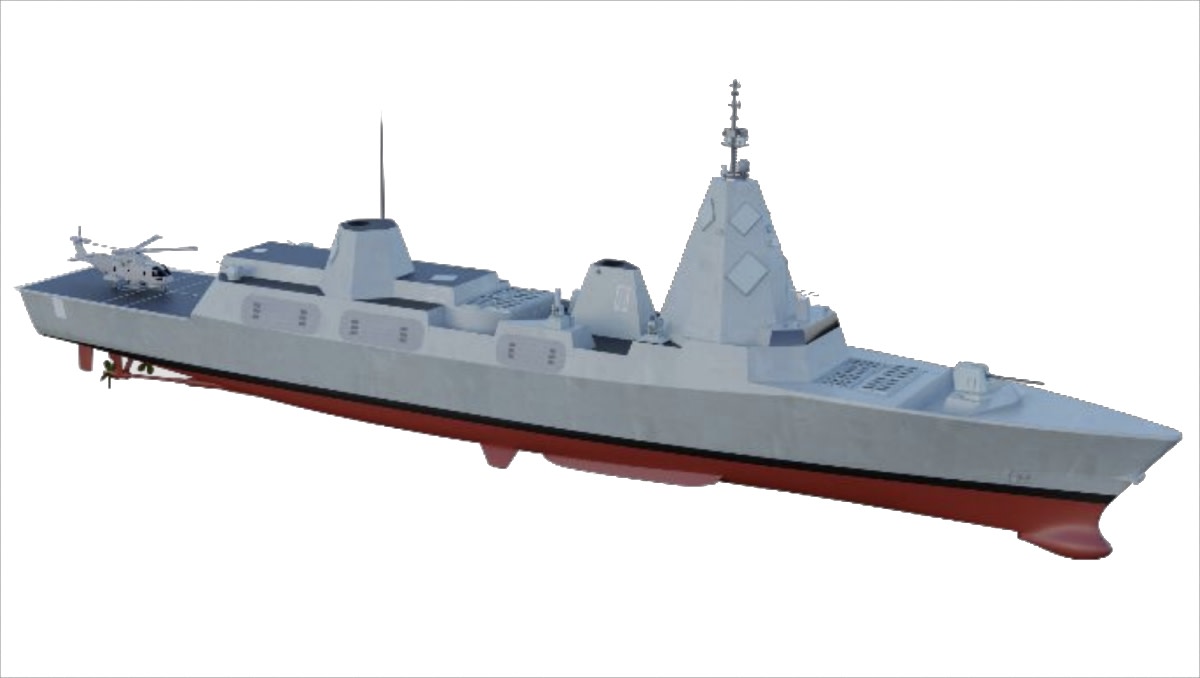Well it’s a broad question what Collins missions will be when in 2030's and 2040's when we have some SSN capability and some Collins capability. The skeptical in me thinks they will simply shut down collins as soon as we have any SSN capability. The skeptical part of me thinks it may not even last that long and we may be down to training ops before too long because everything is too hard.
Its not that Collins can't hunt subs, but its not likely going to hunt ssks in our immediate EEZ as that is to far for the Chinese SSKs, generally. Again, hunting SSK's around Chinese ports isn't ideal either given Collins transit speed, time on station etc. Japanese, Korean, and US subs are better located or better equipped for that particular mission. We could stick our head in, but we aren't likely to linger in numbers.
If we are using Collins around Lombok, Malacca, then carrying TLAM gives us the ability to strike at Chinese "Facilities" in the south China Sea and also hassle any Chinese fleet roughhousing in the area. While not a magic bullet, it gives the Collins added strategic value for Aus/US. Being able to throw half a dozen TLAM from a different direction isn't nothing, particularly if done in conjunction with the US throwing hundreds. It gives Australia a legitimate seat at the table of doing something. As we are seeing in the Red sea. US military power is huge, but US political will and resolve is often confused. Being a stake holder in that decision and can do process is huge.
That is all I am really saying. It would be neat, IMO, if Collins had TLAM capability. Not that it would defeat the Chinese single handed, but it would likely give us tickets to the table where big decisions are being made. 6 or 12 or 48 TLAM isn't likely to bring China to its knees, but being able to give the order would help simply US decision making if there was some sort of impass. Which isn't the point, the point would be to raise Australia as an important stakeholder in dealing with US/China relations, and China and the US taking Australia seriously. China strong-arming Australia's rather flimsy surface combatant fleet, would likely be less confident if Collins had that kind of additional firepower and could be lurking anywhere in 1500km radius.
But I am also consistent that fitting any new capabilities to Collins is going to be a big ask. If it isn't part of the LOTE, which AFAIK it isnt', then its unlikely ever to gain that capability. With the withdrawal of Harpoon, that means loosing all missile antiship/land strike capability. Could the Collins have a kind of Grayback capability? maybe. Its not enough to end all discussions, but its in the mix.
Its not really questioning Collins ability to hunt, its just what happens when the big sexy new SSN come in, and if and how TLAM would be a useful fit to the existing Collins. Collins big threat isn't the Chinese, its our big new SSNs.. Finding a critical mission could be very important in that type of budget environment.


